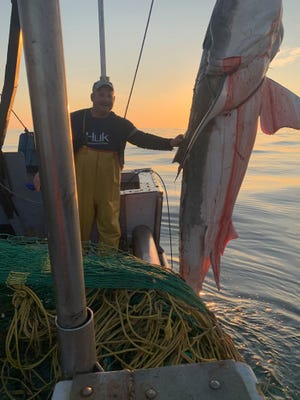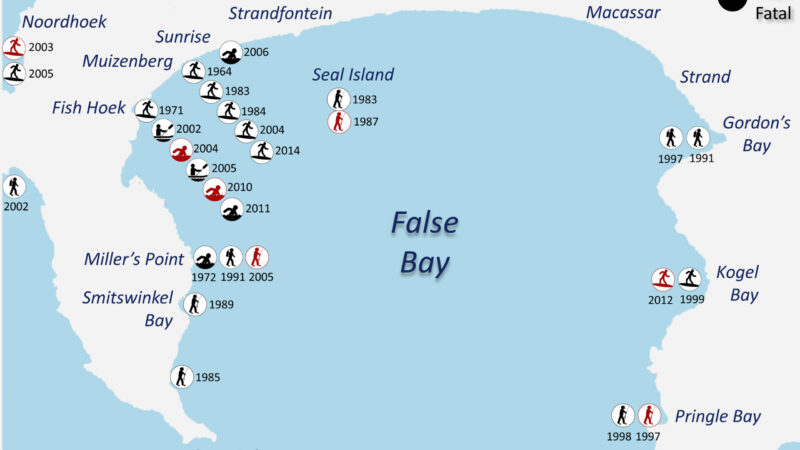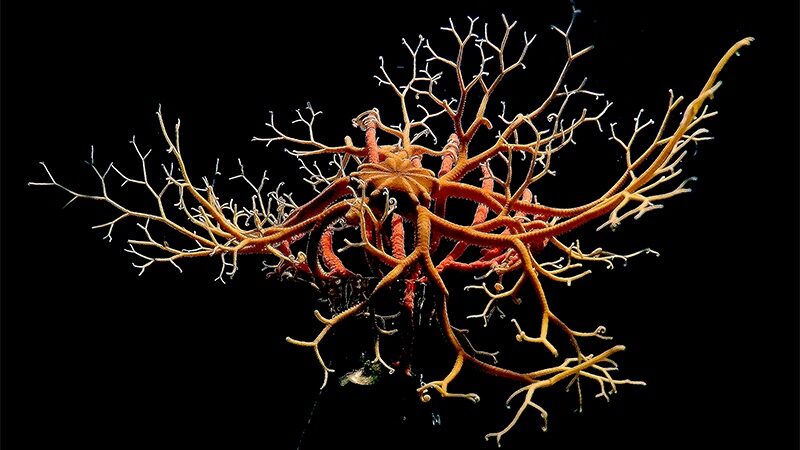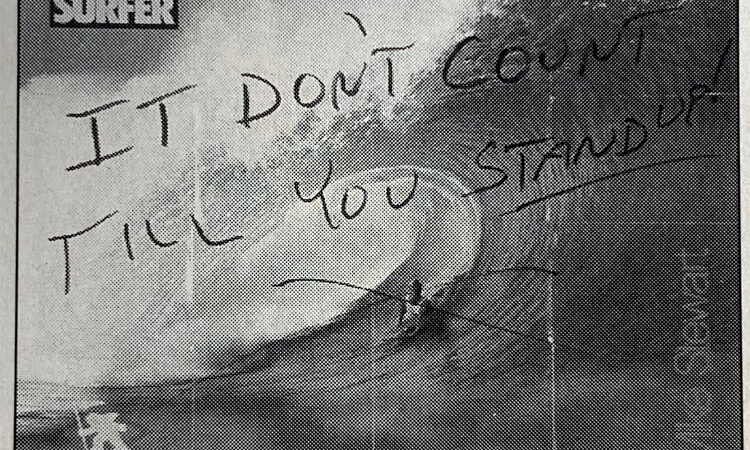BARNEGAT LIGHT – Just as the sun was coming over the horizon, Capt. Tim Brindley was pulling in his bottom trawl net. Tangled in the extension lines was a great white shark.
He was in sight of land on Aug. 1, 2½ miles northeast of Barnegat Inlet dragging for fluke near the remains of the Persephone, a World War II-era wreck.
“I just thought, ‘Oh my God, there’s a great white shark in the net,'” said Brindley, 58, of Barnegat Light, who’s caught many oddities in his nets, from airplane propellers and car tires to torpedo rays, but never a great white.
He’s certain the shark already was dead when his net swept it up, though it was draining fluids, such as blood.
Before returning the shark to the water, he took a couple of photos of him standing next to it. The shark was more than double the height of Brindley, whose 5-foot-10-inch, 230-pound frame looks small next to the ocean’s apex predator.

That night he posted the pictures on Facebook, a decision he regrets because of backlash he got on the social media site. People went as far as accusing him of killing the shark.
“I’m getting a little grief over it. I felt had to do something. I wanted to document it. I wanted to show people there are great white sharks out there,” said Brindley.
Shark Week: Drones reveal shark fests, though New Jersey bites remain rare
While white sharks — often called “great” due to their size and power — are protected species, and people are prohibited from catching them, fishermen can’t always control what their nets collect. As such, federal and state fishery laws allow for bycatch.
Bycatch is unintended fish, marine mammals, sea turtles and seabirds that become hooked or entangled in fishing gear, according to the National Oceanic and Atmospheric Administration.
“A white shark is a protected species. You’re supposed to release it. Sometimes they come up dead, and you still have to dump them overboard; you’re not allowed to keep them,” said John Chisholm, a well-known shark researcher at the Massachusetts Division of Fisheries and Wildlife.
‘That’s what sharks do’: Injured dolphin eaten by sharks in LBI surf
He said fishermen can ask for a “special arrangement” to keep a rare catch such as a white shark for the purpose of science, but it’s not always granted.
Chisholm viewed photos of the shark and spoke with Brindley, who called him to tell him about the catch. Chisholm said there is no way to tell when or how the shark died.
“Usually, when it’s bleeding, it hasn’t been dead for too long. It was showing some signs of decomposition. You can see on the side the skin was starting to slouch,” Chisholm said.
The evidence suggests white shark numbers are on the rise after decades of federal protections. Seal populations — known white shark prey — are also bursting at the seams in the New England region, giving the sharks a steady food supply.
“We know from all the tagging we do that the sharks are migrating north. Even in the summer, they’re coming up, following the water temperatures and food sources,” Chisholm said.
Ship Bottom: Did shark ram man off bodyboard at LBI beach?
White sharks were responsible for two recent attacks that killed bathers in the New England region.
Julie Dimperio Holowach, a 63-year-old seasonal resident of Maine was killed in July swimming off Bailey Island. That was Maine’s first known shark death.

Two years ago this September, 26-year-old Arthur Medici was mauled while bodyboarding at Newcomb Hollow Beach in Cape Cod. He became Massachusetts’ first shark attack death since 1936.
A white shark is thought to be the shark that killed four people in 12 days in New Jersey during the summer of 1916.
Since then, New Jersey has not had another shark attack fatality, though it’s speculated that a swimmer whose remains were pulled from the water in Seaside Park in 1926 was killed by a shark. The incident is listed in the Global Shark Attack File, maintained by the Princeton-based Shark Research Institute.
While New Jersey has been spared from a fatal attack for a hundred years, fishermen have had several recent encounters with white sharks off the coast here.
“People are more aware of them. Years ago this story (Brindley’s shark) stays locally in the vicinity. Maybe the fisherman tells a friend or two. Now, with YouTube and Instagram it goes viral,” Chisholm said.
When Jersey Shore native Dan Radel is not reporting the news, you can find him in a college classroom where he is a history professor. Reach him @danielradelapp; 732-643-4072; dradel@gannettnj.com.







Recent Comments